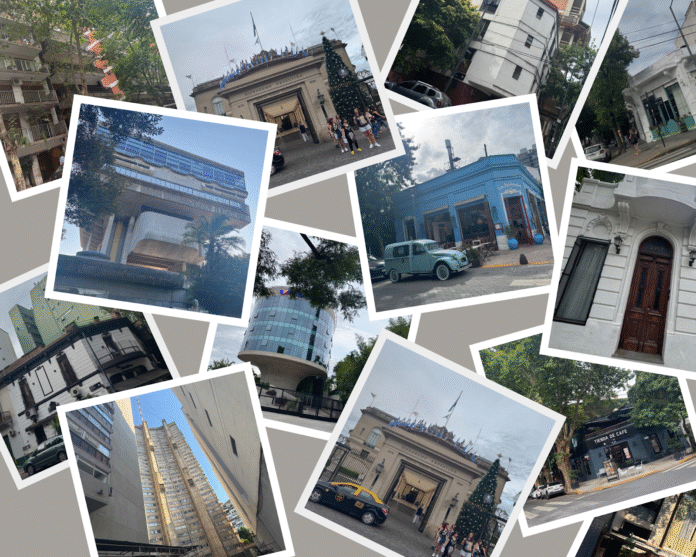In the heart of South America lies Buenos Aires, a city that has long captivated the imagination with its grand ambitions and complex identity. Approaching Buenos Aires is like meeting someone who desperately wants to be perceived in a certain way. At first glance, the echoes of its self – proclaimed title as “The Paris of South America” are evident, but as one delves deeper, a far more nuanced and layered story unfolds.
The city’s early elites, driven by a desire to elevate Buenos Aires to the status of a European metropolis, left an indelible mark on its architecture and culture. They painstakingly modeled wide avenues after the Champs-Élysées, constructed opulent buildings reminiscent of the Opéra Garnier, and laid out grand parks similar to the Luxembourg Gardens. However, this imitation of Europe was not without its contradictions. The tango, now an iconic symbol of Argentina, originated in the working – class immigrant neighborhood of La Boca. Initially dismissed by the elites as vulgar and low – class, it was only after the Parisians embraced it as an exotic art form that Buenos Aires claimed it as its own. This tale of the tango perfectly encapsulates the city’s complex relationship with its own identity and its longing for European validation.
The period from around 1880 to the end of the 1920s was a time of great prosperity for Buenos Aires. Argentina’s economy soared, at one point ranking eighth in the world. But the optimism of Buenos Aires differed from that of cities like New York. While New York in the 1920s exuded a “things are happening here” energy, Buenos Aires’ optimism was more of a “things will happen here” anticipation. These grand ambitions influenced every aspect of life in the city, even death. The Recoleta Cemetery, with its elaborate mausoleums, stands as a testament to the status – seeking nature of the elites. They hired European designers, and the cemetery’s architecture lacks the typical Latin flair. These mausoleums were the ultimate status symbols, with many featuring glass doors, almost as if inviting passersby to marvel at the wealth of the deceased.
The city’s prosperity also led to a wave of immigration, predominantly from Italy. In 1910, the number of school children in Buenos Aires with Italian – born parents was on par with those with Argentine – born parents. Today, Argentina has one of the largest Italian communities outside of Italy, and 63% of Buenos Aires residents have Italian roots. This Italian influence is most deliciously evident in the city’s gelato, which is arguably its culinary crowning glory.
However, the grand dreams of the past never fully materialized. The economic crash at the end of the 1920s was a turning point, and since then, Buenos Aires has struggled to regain its former glory. The city’s architecture tells a story of stagnation. The beautiful buildings were mostly constructed before the Great Depression, while more recent structures are often bland and utilitarian. From the top of a skyscraper, the city’s neglect and shoddy maintenance are all too visible, while at street level, the charm of the older architecture can still be appreciated.
The economy is a topic that dominates conversations in Buenos Aires. With sky – high inflation rates, it taints every aspect of daily life. Restaurant menus are designed to be easily updated, as prices can change from one day to the next. The currency situation is equally chaotic, with new bills being printed and the old ones losing value rapidly. The black market for currency exchange has been a long – standing feature, highlighting the disconnect between the official and real economic situations. Politicians’ denial of the true scale of inflation only adds to the sense of a financial façade.
Yet, despite these economic hardships, the spirit of the people of Buenos Aires remains unbroken. Nowhere is this more evident than in their love for meat. It’s a passion that seems to transcend the city’s economic struggles, a reminder that beneath the surface of grand architectural aspirations and economic turmoil, there is a vibrant and resilient culture that endures. Buenos Aires may not be the “Paris of South America,” but it is a city with a story all its own, a story of dreams, contradictions, and the indomitable spirit of its people.




